If you constantly toss and turn at night, sweating under a heavy comforter, you’re not alone. Overheating during sleep is a common issue—often caused by the wrong bedding materials. Choosing the right cooling comforter can significantly enhance your sleep quality. But not all materials are created equal. In this guide, we’ll explore the science behind cooling comforters, key features to look for, and the best materials to keep you cool all night long.
Why Your Comforter May Be Making You Hot
Before diving into specific materials, it’s important to understand what causes night-time overheating:
Poor breathability: Thick, tightly-woven or synthetic fabrics trap heat and moisture.
Lack of moisture-wicking: Materials that don’t absorb or disperse sweat can make you feel clammy.
Heavy insulation: High-fill comforters designed for winter will overheat in summer or for naturally hot sleepers.
Synthetic fibers: Often trap heat and limit airflow.
Key Features of Cooling Comforters
The best cooling comforters share several characteristics:
| Feature | Why It Matters |
|---|---|
| Breathability | Allows heat to escape instead of building up |
| Moisture-wicking | Keeps sweat off your skin |
| Lightweight fill | Prevents trapping body heat |
| Natural materials | Often more temperature-regulating than synthetic |
| Airflow-enhancing weave | Promotes ventilation and cooling |
Best Comforter Materials for Keeping Cool
1. Bamboo Rayon or Viscose
Why it’s great:
Extremely breathable and moisture-wicking
Naturally temperature regulating
Hypoallergenic and antibacterial
Soft and silky feel
Pros:
Keeps you cool in summer and warm in winter
Sustainable and eco-friendly (when sourced responsibly)
Cons:
Can be pricey
Durability varies by weave and brand
Best for: Hot sleepers, humid climates, and eco-conscious buyers
2. Tencel (Lyocell)
What is it: A fiber made from sustainably sourced eucalyptus wood pulp.
Why it’s great:
Superior moisture-wicking properties
Naturally cool to the touch
Environmentally friendly manufacturing
Resistant to odor and bacteria buildup
Pros:
Ultra-soft, luxurious drape
Less wrinkling than cotton
Cons:
Higher price point
Can be delicate in the wash
Best for: Sleepers who want a luxurious feel without the heat
3. Cotton (Especially Percale Weave)
Why it’s great:
Classic and breathable
Percale weave (a one-over, one-under weave) promotes airflow
Absorbs sweat effectively
Pros:
Widely available and affordable
Gets softer with washes
Cons:
Can retain more moisture than bamboo or Tencel
Might wrinkle more easily
Best for: Everyday use and people who prefer all-natural, crisp bedding
4. Linen
Why it’s great:
Highly breathable and moisture-wicking
Loosely woven for excellent airflow
Naturally anti-bacterial
Pros:
Incredibly durable
Gets softer over time
Cons:
Rougher texture initially
Can be expensive
Prone to wrinkling
Best for: Extremely hot climates or people who want the most breathable material available
5. Eucalyptus-Fiber Blends
What is it: Often marketed as "Eucalyptus bedding," it’s usually Tencel or another lyocell-based material.
Why it’s great:
Environmentally friendly and moisture-wicking
Cooler than cotton and more sustainable
Pros:
Gentle on sensitive skin
Often blended with organic cotton or bamboo for better strength
Cons:
Availability can be limited to boutique brands
May be costly
Best for: Eco-conscious shoppers wanting advanced cooling without sacrificing comfort
6. Silk (Mulberry Silk or Silk Fill)
Why it’s great:
Naturally temperature regulating
Breathable and luxurious
Hypoallergenic
Pros:
Keeps you cool in the summer, warm in the winter
Luxurious feel and appearance
Cons:
Very delicate
Expensive
Requires dry cleaning or gentle care
Best for: Luxury buyers or people with allergies/sensitive skin





 Français
Français Español
Español Deutsch
Deutsch
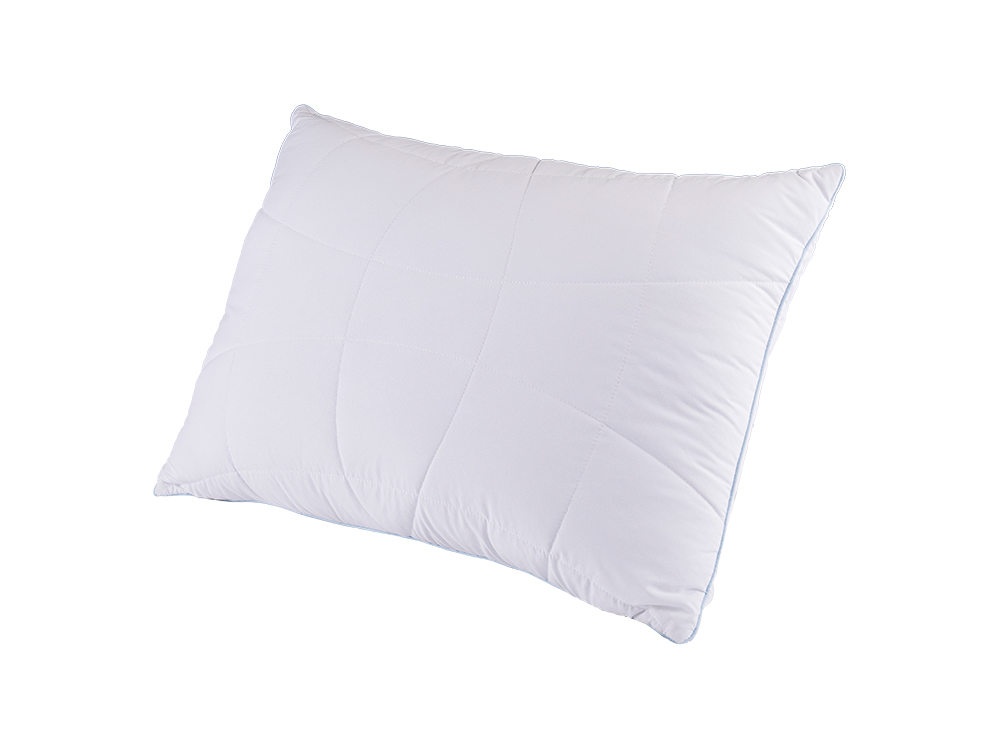
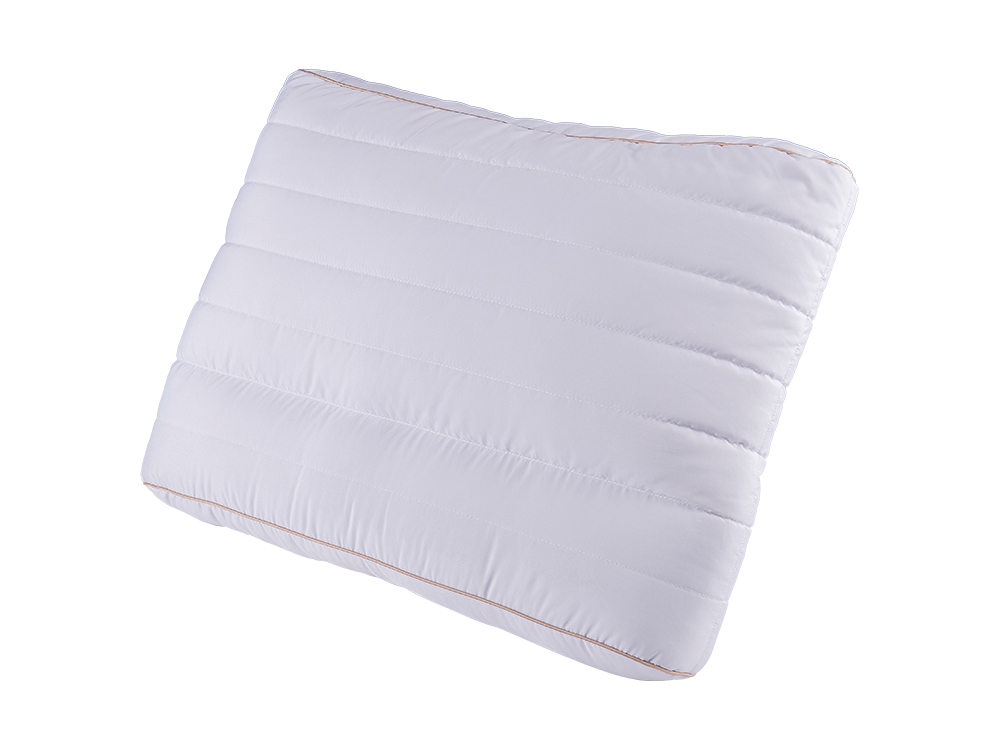
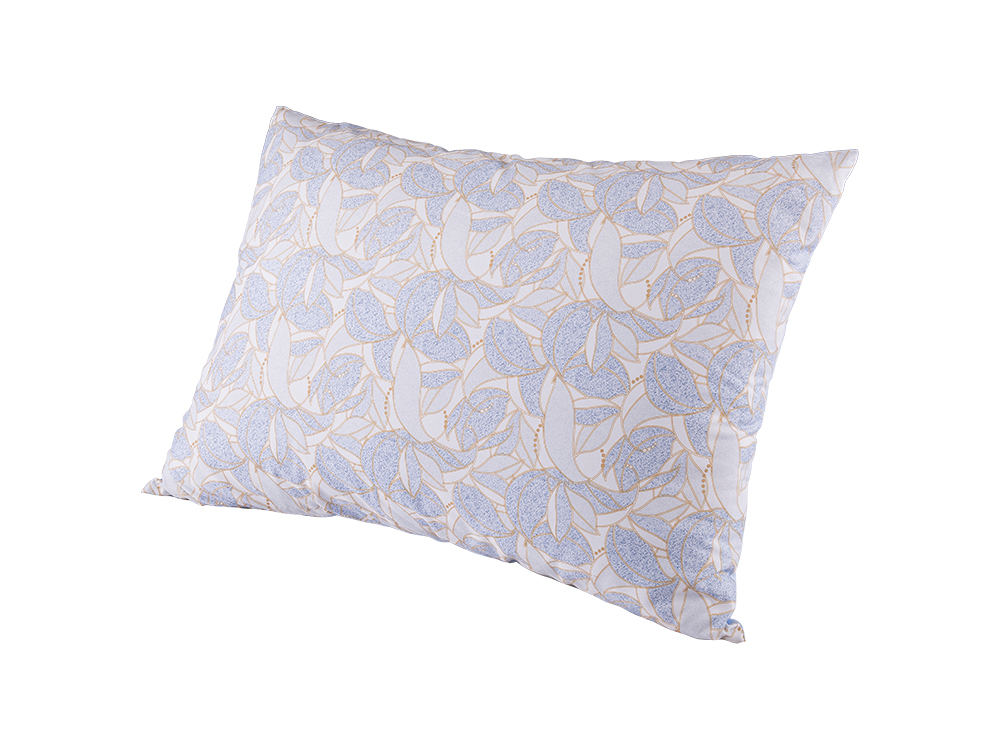

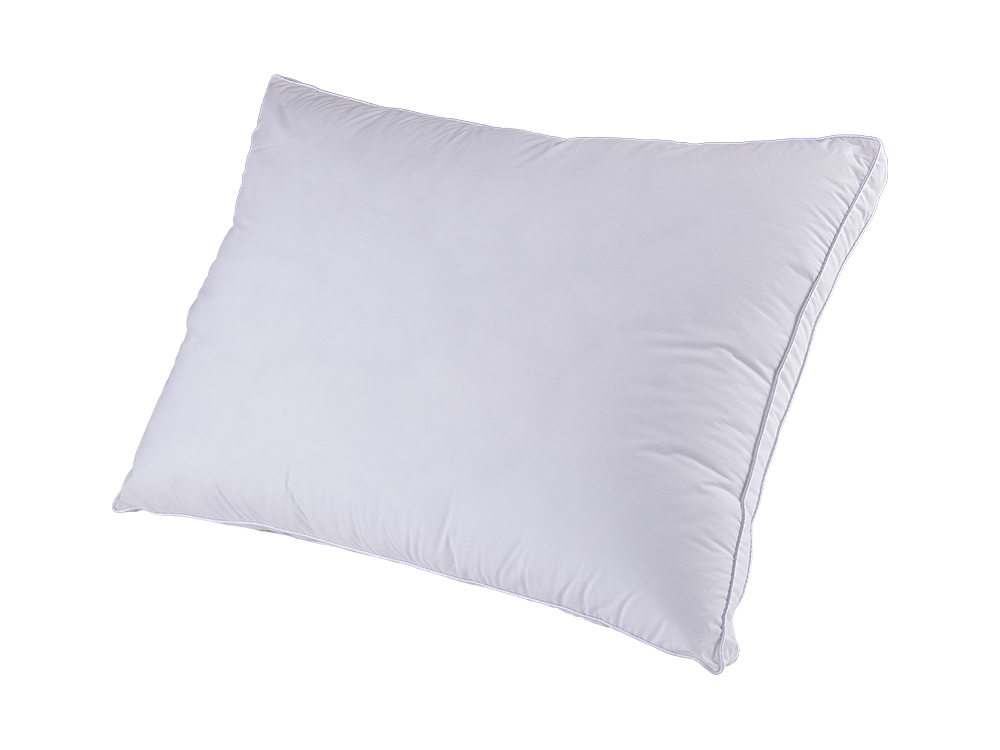
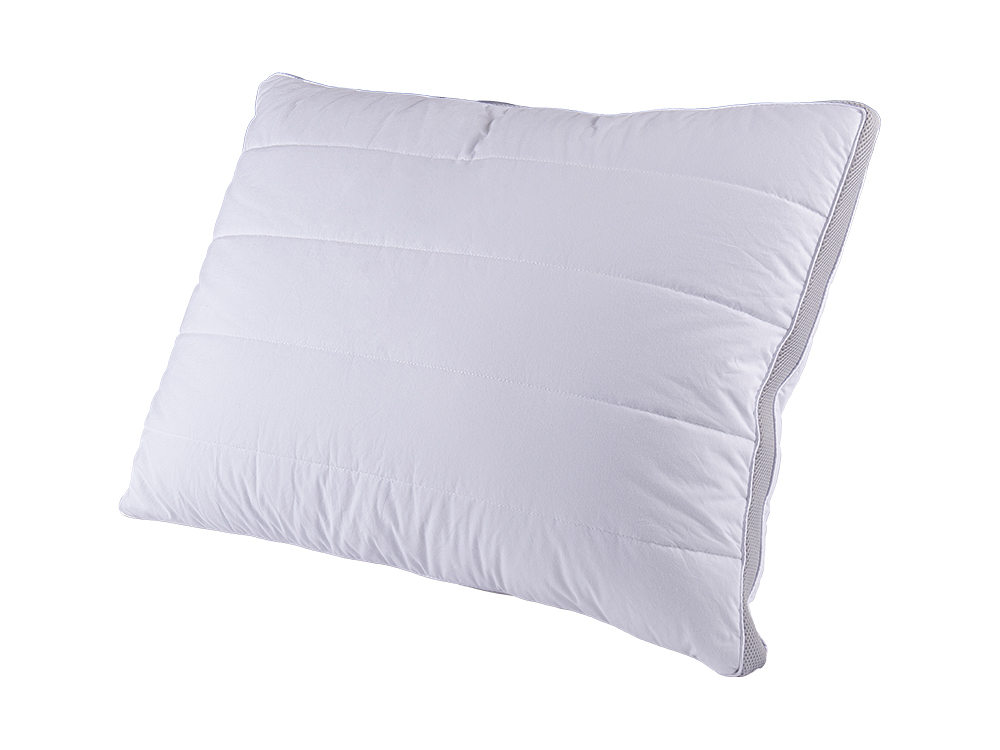
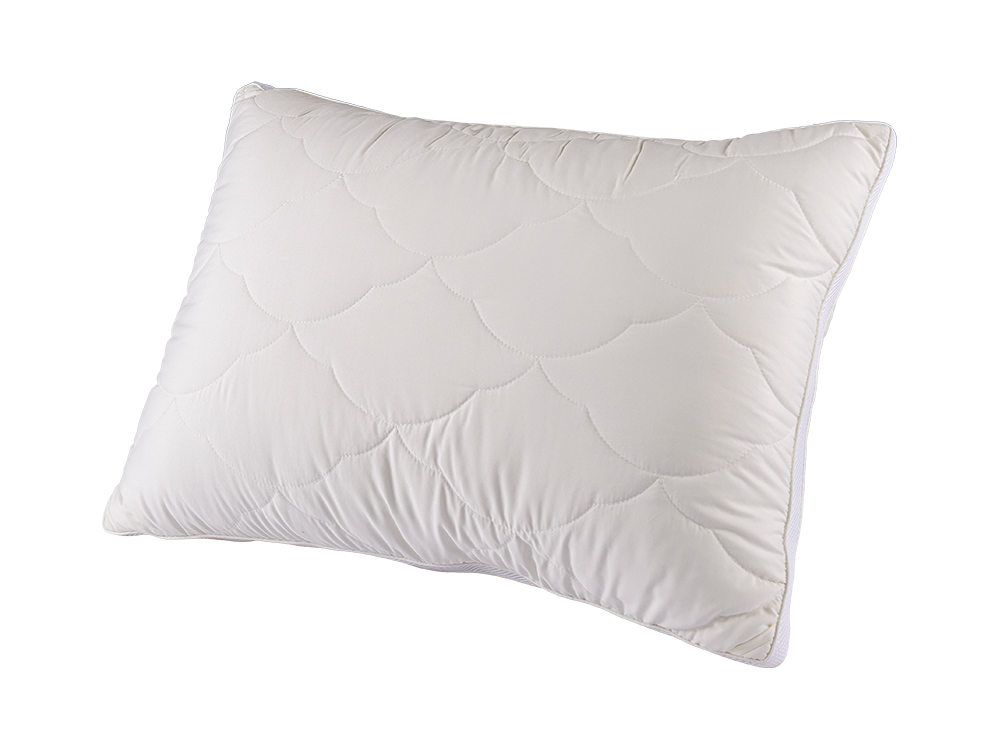
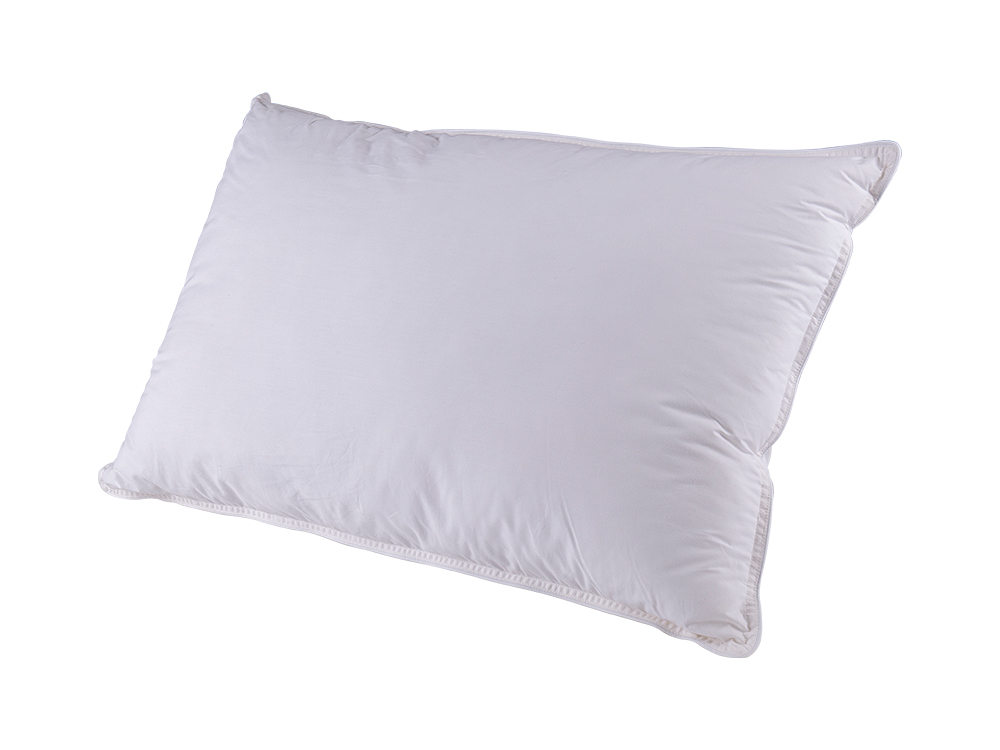
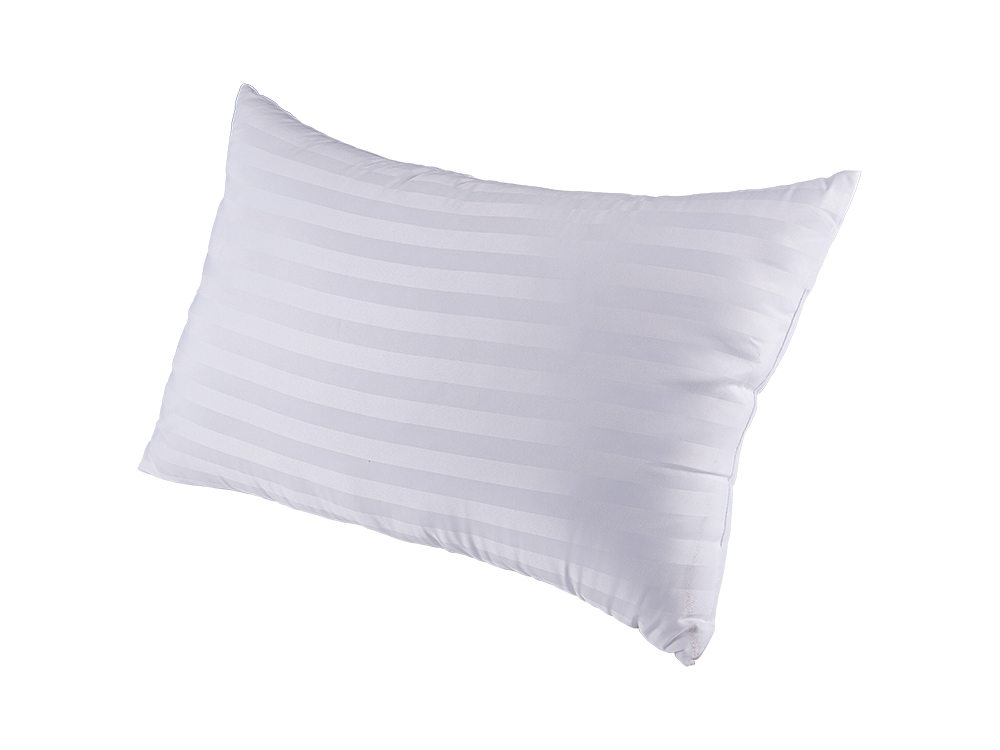
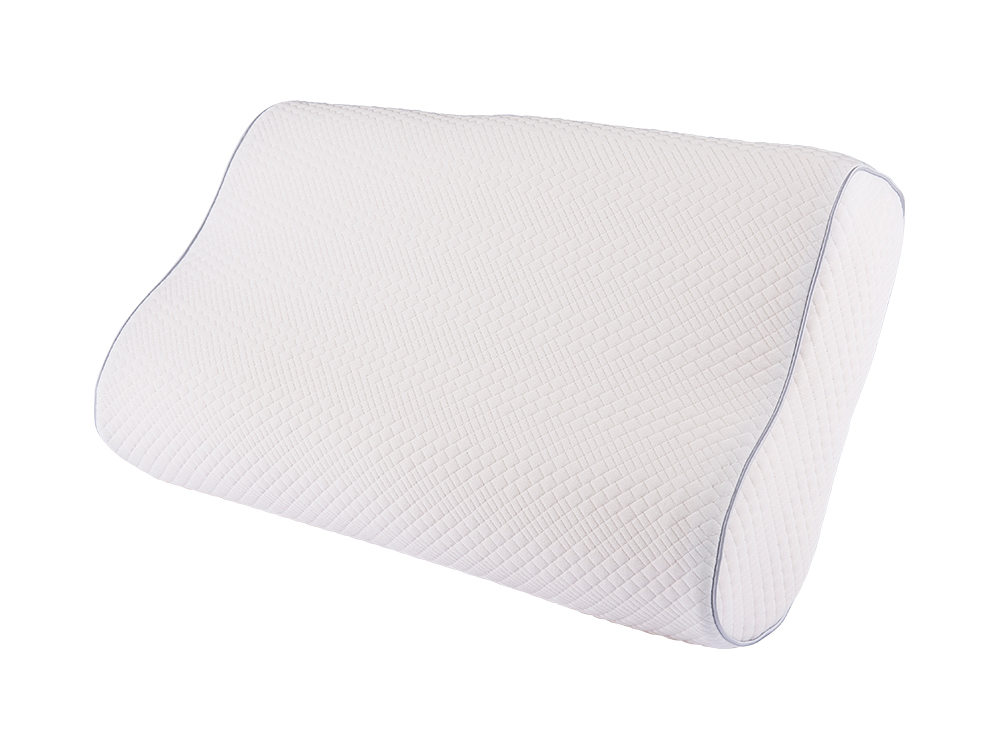
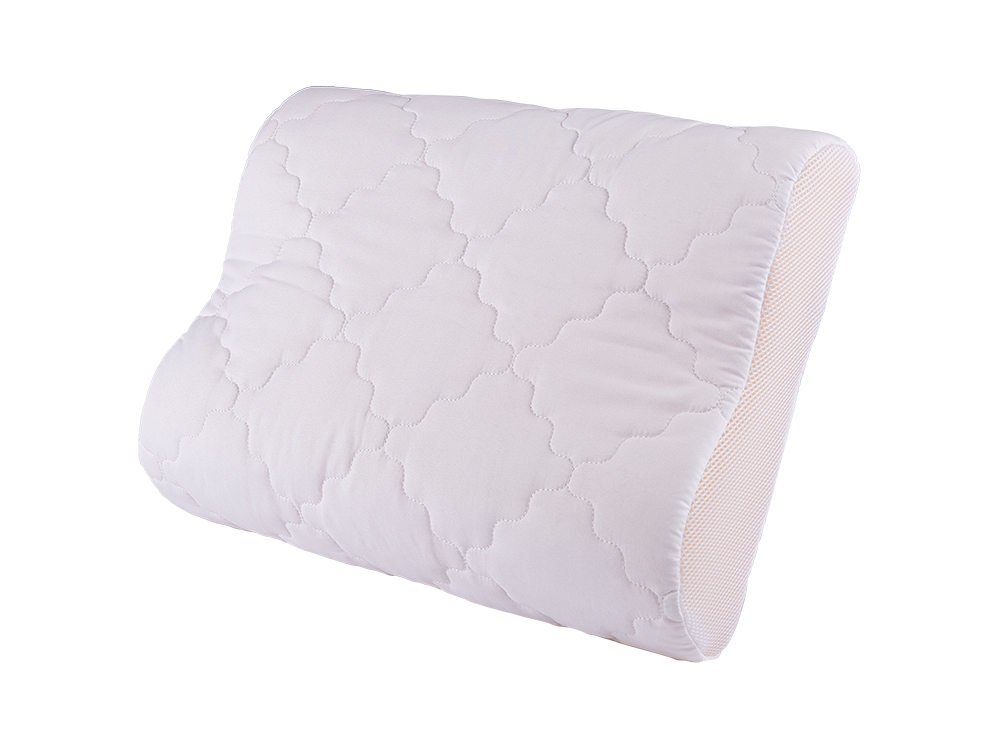

 +86-573-88798028
+86-573-88798028